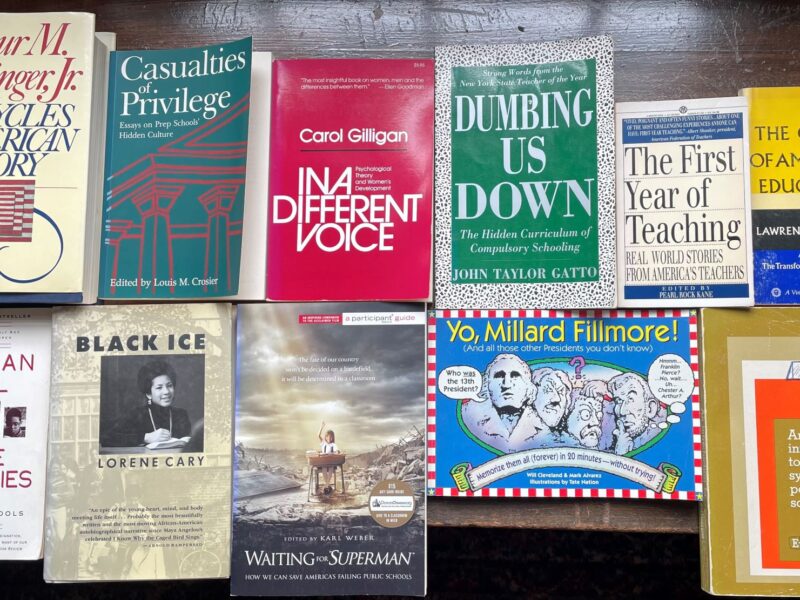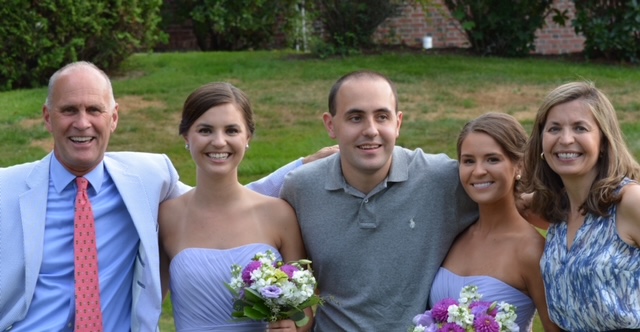On a sunny September day in 1972 I first laid eyes on my college roommates. One was the first peer I had ever encountered who smoked a pipe (tobacco). He declined my offer to go out and party that first night in favor of studying the course catalogue. While my spirits lifted upon discovering that the other guy shared my love of the Rolling Stones, I quickly saw that he was a more serious student than I could even pretend to be. The next day I visited the dean and inquired about moving in with another guy I knew down the hall. (For all I know, my two new roomies did likewise.) The dean informed me that first-year room decisions were final and essentially told me to “suck it up.” I steeled myself for a semester of “Dullsville.”
Then one September Saturday night I entered a lively fraternity house party to find a pack of seemingly cool folks singing around a piano and engaged in compelling revelry. Working my way to the center of the group, I was shocked to discover that the awesome pianist at the bench was none other than my scholarly pipe-smoking roommate. That night he owned that room. As I recall, the Stones guy was there too. It was Dullsville no more. By Thanksgiving, the three of us had become friends for life. Nearly four decades later, we’re still in touch.
Today with two kids of my own in college, I know that more and more college kids now choose their roommates a la Match.com-style via Facebook apps like RoomBug and websites like URoomSurf. They log-on, answer questions covering a range of issues like showering frequency, neatness, study/party balance, musical preferences, political persuasion, and…”Presto!”… they’re matched up with a kindred profile. Although it’s impossible to predict the ultimate long-term outcomes of this phenomenon, a few early returns are in.
In “Don’t Send In the Clones” (New York Times, 8/11/10), Maureen Dowd writes, “I was dubious when I read in The Wall Street Journal last week that students are relying more on online roommate matching services to avoid getting paired with strangers or peers with different political views, study habits and messiness quotients.”
Dowd continues, “The serendipity of ending up with roommates that you like, despite your differences, or can’t stand, despite your similarities, or grow to like, despite your reservations, is an experience that toughens you up and broadens you out for the rest of life.”
While acknowledging that she might well have utilized such sites had they been available during her undergraduate days, Dowd also points out that “co-habiting with snarly and moody roomies prepared me for the working world, where people can be outlandishly cantankerous over small stuff.”
Dowd serves up some humorous anecdotes of her own college experiences. (I liked the one about the fight she had with a roommate who responded by leaving her stranded after dark in a “blighted” DC neighborhood, thereby teaching her an important lesson: Never pick a fight with the driver.) Then she digs in with her message: “Choosing roommates who are mirror images may fit with our narcissistic and micro-targeted society, but it retards creativity and social growth.” She believes that it all has added up to a “reluctance to mix it up” in those heated political and cultural debates so critical to campus life. As a result, many of our colleges and universities do seem eerily silent on social issues, as though fueled by a vibe of PC-harmony.


